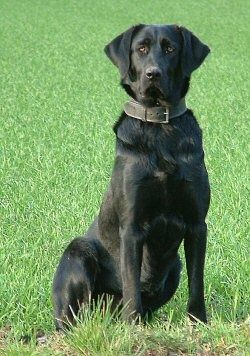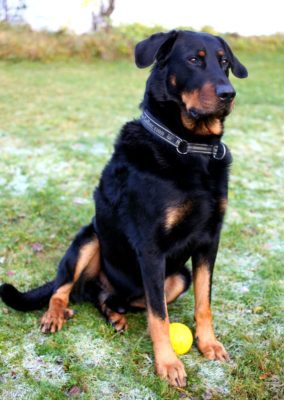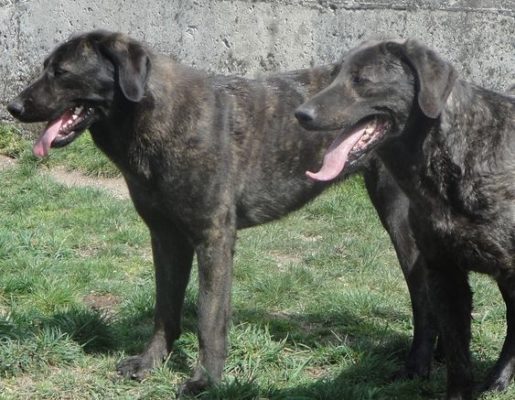Castro Laboreiro Dog
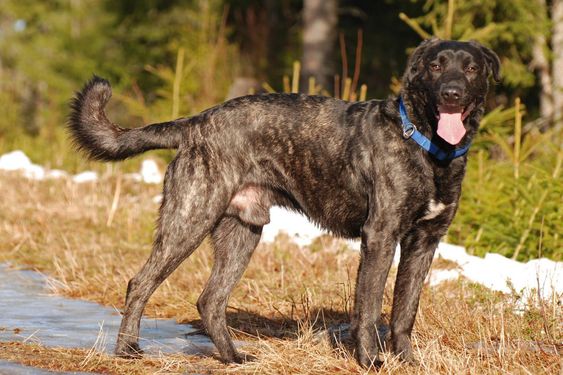
The dog has excellent guardian and home defender skills – the Castro Laboreiro Dog is intelligent, observant, attentive, and not as stubborn as other members of this group. They have a good memory, need physical exercise, so they need to be played with and trained in childhood.
Table of Contents
Breed Information
| Another Name | Cão de Castro Laboreiro, Portuguese cattle dog, Portuguese watchdog |
| Origin | Portugal |
| Height | Males 58-64 cm Females 55-61 cm |
| Weight | Males 30-40 kg Females 25-35 kg |
| Fur | Short |
| Color | Tiger, wolf |
| Lifespan | 10-12 years |
| FCI Classification | Pinscher and Schnauzer – Molossoid and Swiss Mountain and Cattledogs |
| Group | Guard dogs, protection dogs |
| Price | From $500 |
Breed Photos
Origin History
The exact origin of the Castro Laboreiro Dog is not known. They are believed to be descended from Asia’s molossus, where the Romans brought them, and already in their homeland, they crossed with local dogs. The dog’s name means the exact place of its origin – the mountains of Castro Laboreiro in northern Portugal.
The climatic conditions in that area were harsh, with low temperatures and threatening weather making the breed hardy to any circumstance. The place was famous for its large herds of sheep and other cattle, so the dog was often used to ferry cattle and protect them. Soon there were fewer cattle in the mountains, and dogs became less necessary there. So they began to be used to protect and guard rural farms and homes.
In 1935 the first standard of the Castro Laboreiro Dog was adopted, and in 1955 the breed was also recognized by the FCI (Fédération Cynologique Internationale). In Portugal, the dog is considered a cultural achievement and is used as a guard dog in the Portuguese army.
Appearance
The Castro Laboreiro Dog is a large, robust dog with strong bones. The physique is rectangular. The dogs have a sexual dimorphism: males’ height is usually 58-64 cm, and females 55-61 cm. The same goes for weight: males are about 30-40 kg, bitches from 25 to 35 kg.
Wool is thick; short well protects the body from the cold. There is no undercoat. The tailcoat is usually longer than on the body. The most popular color is gray or black. Often you can also see wolf color – a mixture of gray, black, brown, and red. A black mask may be formed on the face.
Character
The dog has excellent guardian and home defender skills – the Castro Laboreiro Dog is intelligent, observant, attentive, and not as stubborn as other members of this group. They have a good memory, need physical exercise, so they need to be played with and trained in childhood.
Dogs perform their duties correctly and always warn their owner of approaching danger with their characteristic wolfish bark. It gets along well with other animals in the same territory and rarely provokes conflict. Children Castro Laboreiro Dog protects and cares for them and patiently endures all their antics. They are devoted to their owner, obedient, and always ready to keep the company in any situation.
Care
A dog can easily live in an apartment. However, it needs to be walked regularly every day and preferably once a week to go somewhere in nature, to the woods, to a park, to a lake. It is not recommended to get a dog for beginners because it needs a strong and experienced leader.
The dog’s coat allows it to tolerate poor climatic conditions without problems, and it can live in the yard in winter. The dog molts twice a year. He should be combed regularly. Make sure to check the ears, eyes, and mouth for cleanliness, and treat the coat for ticks and fleas.
Training
The Castro Laboreiro Dog is strong and independent, trained to make his own decisions and not need help. Therefore, it is not easy to teach a dog. They need a strong leader who will be an authority figure to them. They obey only one master and will never take commands from others. It is recommended that one take an additional course in guard duty in addition to the general training course.
Common Diseases
The harsh climate and poor conditions have made the dog hardy to various diseases. To keep your dog healthy, stick to proper nutrition, vaccinate regularly, and treat his coat for parasites.
Nutrition
Castro Laboreiro Dog is unpretentious and willing to eat anything you suggest. Consult your doctor for the best method of feeding. Raw meat should be the basis of the diet.
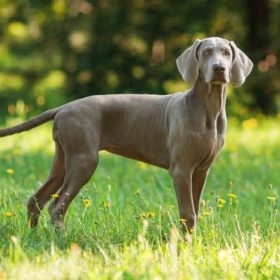 Weimaraner
Weimaraner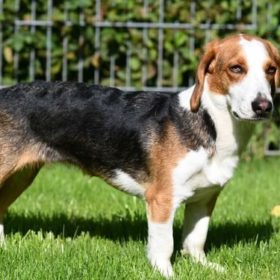 Westphalian Dachsbracke
Westphalian Dachsbracke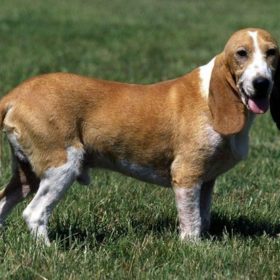 Small Swiss Hound
Small Swiss Hound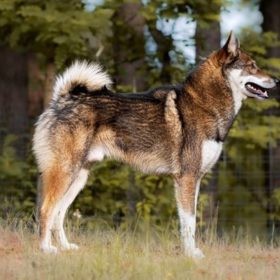 West Siberian Laika
West Siberian Laika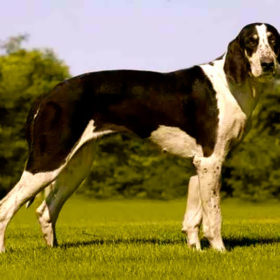 Grand Anglo-Français Blanc et Noir
Grand Anglo-Français Blanc et Noir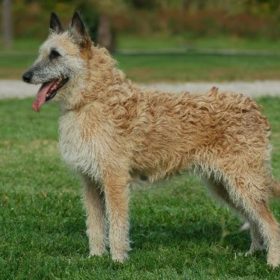 Belgian Shepherd Laekenois
Belgian Shepherd Laekenois